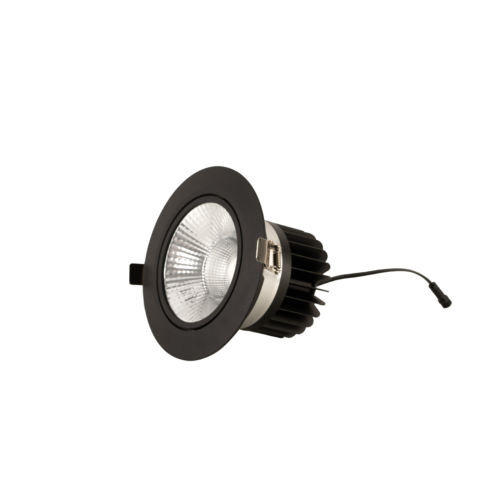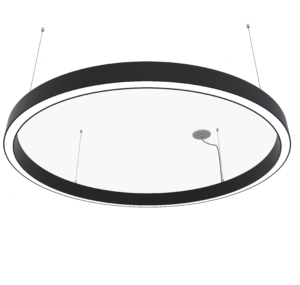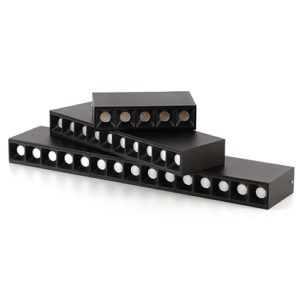Lighting Techniques for Interior Design
Posted by Global Design Solutions Ltd on 28th November 2020 -

So much more than a functional necessity, lighting has become a key part of the design toolkit available to an interior designer. We sat down with Gemma Wasley, founder and owner of interior design studio Rehab Squared, to discuss lighting techniques for interior design.
GDS Lighting Designer Hallam Smith, started by asking Gemma how lighting can affect how a room is experienced.
‘We believe that good lighting is the cornerstone of every successful interior design project. It’s fundamental to a well-balanced design plan. The importance of lighting should never be overlooked or loosely considered.
Incorporating different types of lighting directly impacts how much a space can be enjoyed. The intensity, colour and location of each source of light works intrinsically to create this balance, which in turn creates the overall ‘experience’ of a space.’
In this way, lighting can be thought of as a whole set of tools which each have their own purpose and can shape the experience and story of a space in different ways, and the way that we use these tools can vary dramatically depending on the project. But how can lighting shape the interior design process? Gemma offers a solution that breaks it down into three categories.
Task Lighting
Gemma defines task lighting as ‘general, practical lighting, that is usually incorporated to aid concentration and to place focus on functional activities such as prepping food in a kitchen or reading through documents in an office. This type of light is usually widely spread and direct.’
Whether they take the form of a desk lamp or high output downlight, task lights should always be positioned so that they do not cause distracting or discomforting glare. Consider the sightlines to task lights in a space – is that track light going to be at eye-level when somebody comes through the door? Also, whilst task lighting is important, it is also necessary to make sure that areas are not over-illuminated, causing visual discomfort and unbalance to the rest of a lighting design.
Downlights such as the GDS Puppis and Alundra have directional beams and high-intensity light sources that are perfect for task lighting. Available in >90 and >97 CRI, they produce exceptionally high quality of light that helps people to recognise fine details and aids with overall visual perception.
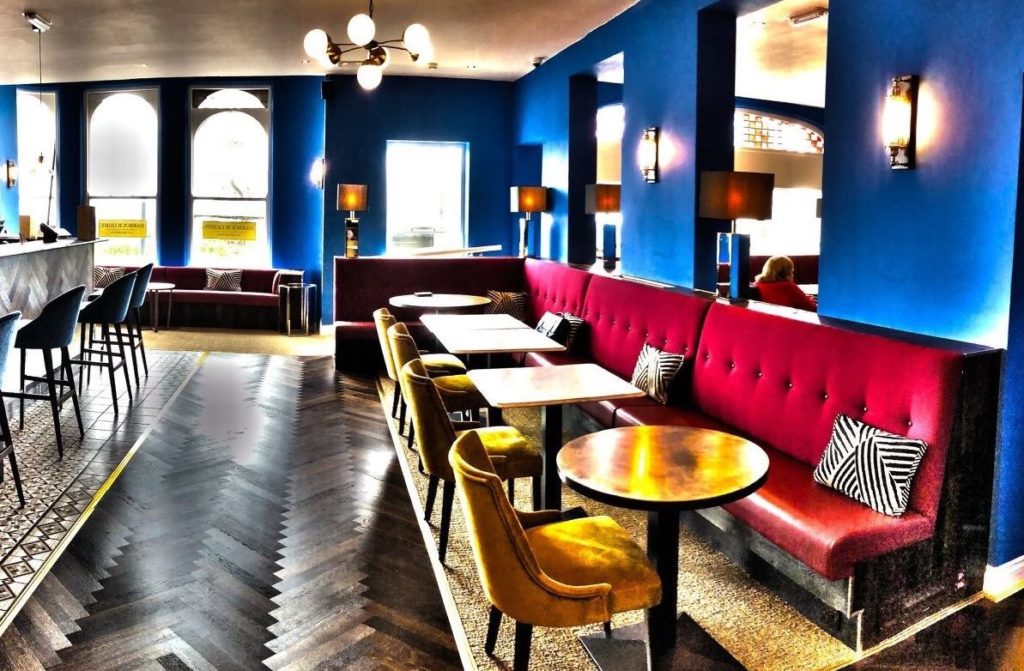
Ambient Lighting
When considering ambient lighting, Gemma adds, ‘ambience is, by definition, mood-driven lighting. This is a much more low-key, softer type of lighting and essentially creates ‘a vibe’. This lighting would be ideal for chilled areas, promoting relaxation. It is usually indirect – as opposed to the directness of task lighting’.
As well as creating an atmosphere, ambient light can form the general background illumination in a space. Indirect light is perfect for this, simultaneously creating soft illumination throughout a room, as well as getting rid of shadows and dark patches around the top of a space, making a room feel more open and natural. Ambient light that comes from lamps will create a cosier atmosphere. In general, ambient light will set the general background mood of any space.
A wide variety of options are available to create ambient lighting, from lamps to suspended luminaires. The GDS Arcturus range has a full range of different colour temperatures and can feature indirect lighting or combine direct and indirect lighting. The GDS Alpha and Supernova alternatively offer soft illumination from diffused sources.
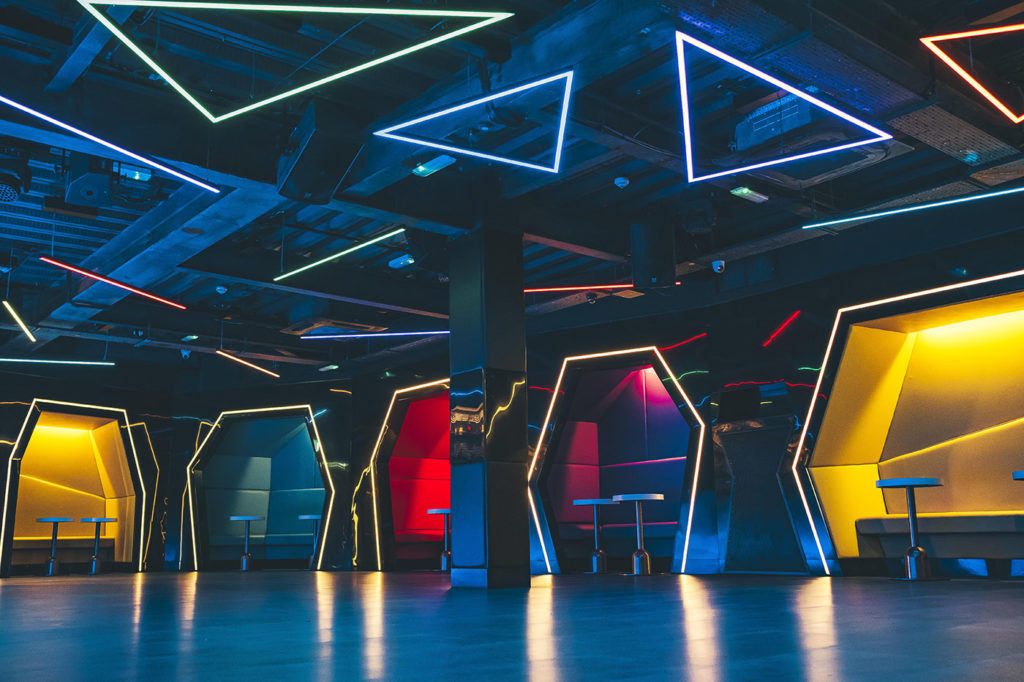
Accent Lighting
Gemma is also keen to point out the design benefits of accent lighting. ‘Accent lighting is used to highlight elements of an interior such as a fireplace or special architectural details. This type casts light and often produces a shadow, so designers use it to create contrast and drama in a space.’
One of the most effective approaches to accent lighting is to use wall washers. The GDS Aquila range is small, and discrete and designed to perfectly illuminate a wall surface. Another common method of accent lighting is to illuminate coves, in which case the GDS Reality Series LED strip offers the same high >90 CRI and colour temperature range as the rest of the GDS product range.
The relative importance and usage of all these types of lighting will vary depending on the space and the story that the designer wants to tell. A warm, cosy interior will predominantly feature warm ambient lighting whilst task lighting can be crucial in a retail or work environment, for example.
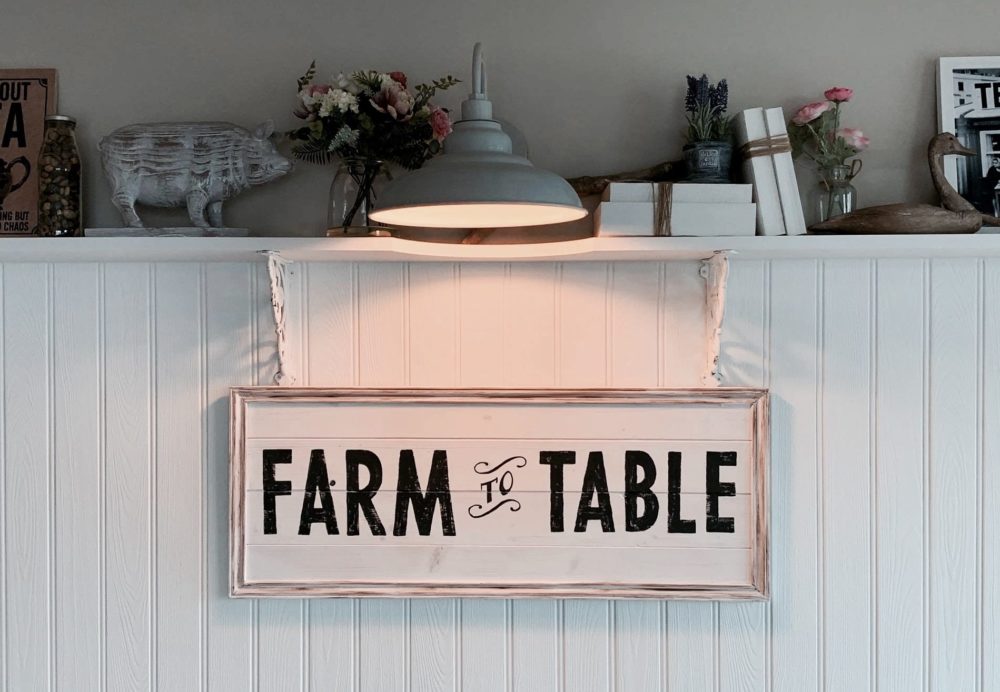
As well as these three types of artificial lighting, natural light should not be overlooked by designers. Gemma talked further about the importance of natural daylight and how to integrate this into an artificial lighting scheme.
‘Ultimately, daylight is known for its important health benefits as it delivers the best quality light – specifically, a broader spectrum and an improved colour rendering index. Daylight has been proven to directly enhance workplace productivity and personal comfort while minimising eye strain. Natural light also presents and affects colours and tones differently to artificial light, so skin tones appear more natural. Most importantly, natural light has a certain charm that people inherently love.’
However, there are certain challenges involved with utilising natural daylight in interior lighting design. So, what are these challenges?
Gemma continues, ‘using natural lighting in the design of a space does not negate the need for additional lighting to illuminate specific areas, which may otherwise become dark and depressing depending on the time of day and changes in the weather.’
There are certain situations and interiors where natural light is simply not an option, which means that artificial light is unavoidable. In instances like this, where only artificial light is possible, the mood and beauty of an interior room without windows can be created by the lighting design alone.’
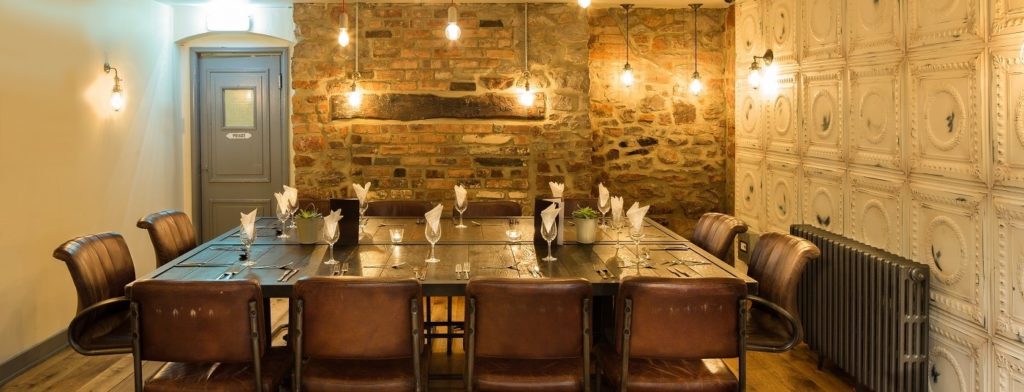
Lighting for interior design is a challenging but highly creative process. Task, ambient, accent and natural light are all tools that can be used to great effect. A successful design will consider each one of these elements, and to work out what role it needs to play in the design at hand. At GDS we have a team of lighting designers, who work closely with interior designers, architects and consultants to bring out the best in your project.
For more expert advice on your next refurbishment or interior design project, Gemma Wasley and her talented team at Rehab Squared are on hand to guide you through the process. See their latest projects here https://www.rehab2.co.uk/

